Photographs: Reuters Ishan Bhaskar
India's overwhelming dependence on imported energy will remain a significant weakness, says Ishan Bhaskar.
Reportage of the Indian economy and its fundamentals has become decidedly less shrill over the last couple of months, coinciding with the near 10 per cent appreciation of the rupee since it touched a record low of 68.85 against the dollar in late August.
A number of factors have contributed to the improvement in India’s economic fortunes: the announcement of a delay in the US Federal Reserve’s taper schedule for quantitative easing; a more proactive approach to monetary policy by the new central bank governor Raghuram Rajan; a reduction in gold and silver imports; and conspicuously better numbers from major exporting sectors.
The reality, however, is that none of these factors indicate a change in India’s underlying vulnerabilities. The Fed taper will resurface again at some point next year with the same ramifications.
Similarly, the drop in imports and the pickup in exports have more to do with the relative strength of the rupee rather than tangible policy. And India’s biggest vulnerability with respect to its external balances – an overwhelming dependence on imported energy – continues to stare it in the face.
Petroleum, crude oil and oil products form the largest line item in India’s import bill, accounting for a third of all imports. India imports 82 per cent of its oil today. In 2012-13, oil imports ($109 billion) constituted just under 60 per cent of the overall trade deficit ($191 billion).
...
Will oil get cheaper in India? No way!
Photographs: Reuters
One statistic widely reported by the international financial press during the rupee’s rout in August-September stated that every one-dollar increase in the average annual cost of India’s crude oil basket adds $1 billion to the net import bill.
Significant spikes or volatility in global oil prices, thus, expose the severity of India’s dependence on imported energy and its soft underbelly vis-à-vis energy security.
No surprise, then, that the rupee’s all-time low on August 28 came a day after speculation on US intervention in Syria sent Brent crude to $117 a barrel, its highest level since February 2013.
But surely, what goes up must come down? Indeed, Brent crude went above $140/barrel and dipped below $40 a barrel in the same year - 2008.
The average cost for India’s crude basket in 2008-09 was $83.6 a barrel, against $111.6 a barrel for 2011-12. Is the current phase of high oil prices, therefore, simply a cyclical aberration? And will crude oil prices revert to their much-lower historical mean, like the $20-$40 a barrel range in which Brent prices traded for the two decades from 1980 to 2004?
This question continues to split producers, traders, analysts and other market participants. One school of thought maintains that the massive increase in oil production over the last decade is the result of an unparalleled investment surge in production capacity between 2003 and 2010.
...
Will oil get cheaper in India? No way!
Photographs: Reuters
It will add gross oil production of 49 million barrels per day (mb/d) to the global total by 2020. Risk factors and depletion rates of old wells brings this figure down to 17.6 mb/d by 2020.
That represents the single largest addition to global oil capacity since the 1980s, and this surfeit of oil production will swamp global oil demand, bringing prices down.
A related argument is that oil demand will plateau this decade. This view, put forward by Citigroup’s energy strategy team, argues that the substitution of oil by considerably cheaper natural gas will compel trucking and merchant marine fleets, railways, petrochemical manufacturers, industrial users, power and heat generators to switch en masse.
That represents two-third of the demand for oil in 2010. Citigroup believes that the consensus crowd has missed the substitution effects in these segments that have begun to take place in the US, and predict similar trends for the European Union, Japan and China.
The bullish view avers that in the near future, oil prices will stay in the $70 to $99 range at the very least. This view is premised on the argument that significant future additions to oil supplies have shifted from the “easy oil” found in West Asia to plentiful but capital-intensive sources such as the US shale, Canadian tar sands, Brazilian “pre-sal” basin, Venezuelan heavy oil and Kazakhstan’s huge reserves.
...
Will oil get cheaper in India? No way!
Photographs: Reuters
With the remainder of the oil coming from West Asia with its attendant geo-political risks, and given the depletion of existing fields, oil prices look set to stay elevated for the near future.
The investment surge hypotheses have been criticised mainly because the analysis does not differentiate between oil and non-gas liquid production, and because its well depletion rates are too conservative.
Further, adding gross production of 49mb/d by 2020, or more than half the worldwide oil demand of 90.8 mb/d in 2013, is ambitious, to say the least. That means the world will have to add more than four times Saudi Arabia’s current production in seven years!
New oil production is expensive to bring on stream and can face delays. A case in point is the giant Kashagan field in Kazakhstan. Discovered in 2000, it has taken 13 years and $41.2 billion to reach first production.
The argument that oil demand will plateau because of cheaper natural gas is not without merit but overestimates the speed of the switch. It also ignores some important questions.
First, it assumes that natural gas prices will stay considerably lower than crude oil, when an en-masse switch from oil to gas is bound to raise prices.
Secondly, it extrapolates that changes being seen in the US will also occur in China, the swing consumer, without explaining how the associated infrastructure required to enable this shift will be constructed before the end of this decade.
...
Will oil get cheaper in India? No way!
Photographs: Reuters
I find the high oil prices scenario more compelling. A corollary of the high oil prices of the last few years has been rising costs of extraction and production.
Sanford C Bernstein, a research firm, estimates that the marginal cost of production of non-Organisation of the Petroleum Exporting Countries (OPEC) oil has increased from under $30 a barrel in 2002 to $104.5 a barrel in 2012.
The International Energy Agency further states that 65 per cent of the growth in non-OPEC oil production to 2018 will come from North America.
Shale oil producers in the US need oil prices of $68 to $75 to break even. Similarly, producers of oil from oil sands in Canada need prices of around $80 a barrel to continue producing. Rising costs of production, therefore, provide a high floor and strong resistance to oil prices settling below the $70 mark.
...
Will oil get cheaper in India? No way!
Photographs: Reuters
Lower oil prices will most likely not be the answer to India’s crude oil conundrum, and it needs a more comprehensive approach to deal with persistently high prices.
Boosting domestic production by incentivising international upstream companies to invest in India is crucial.
Making licensing rounds more flexible and adopting the production sharing contract model more widely will also help. Creating pricing mechanisms that reflect market realities for oil, gas and coal will also ensure more interest from investors in India’s oil and gas sectors.
The final piece of the puzzle is backing state-owned companies such as ONGC/OVL to become serious players in the international oil and gas arena. The government should throw its weight behind these firms, both financial and diplomatic, to aid their quest to acquire upstream assets abroad.
It should also make these firms more autonomous and flexible, free them from their bureaucratic and political baggage, so that they can compete with the likes of CNOOC and SINOPEC to secure India’s energy future.
Symbolic rides on the Delhi Metro by ministers every Wednesday, advertising the benefits of car-pooling on national television and talk of closing petrol pumps at night won’t secure it I’m afraid. Cosmetic - yes. Substantive - alas, no.
The author is a private energy trader based in Asia.

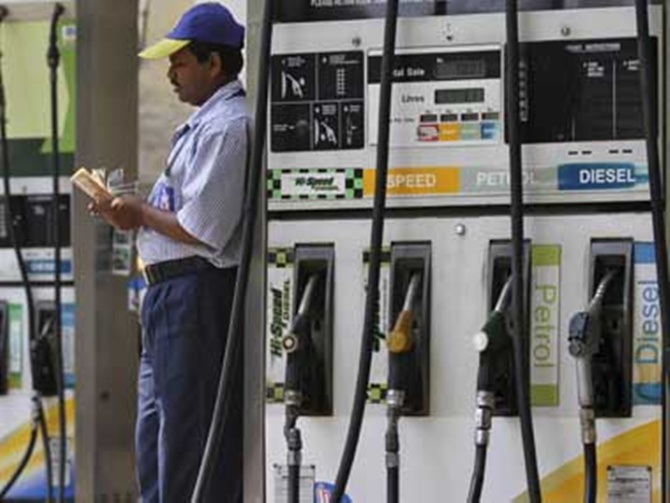
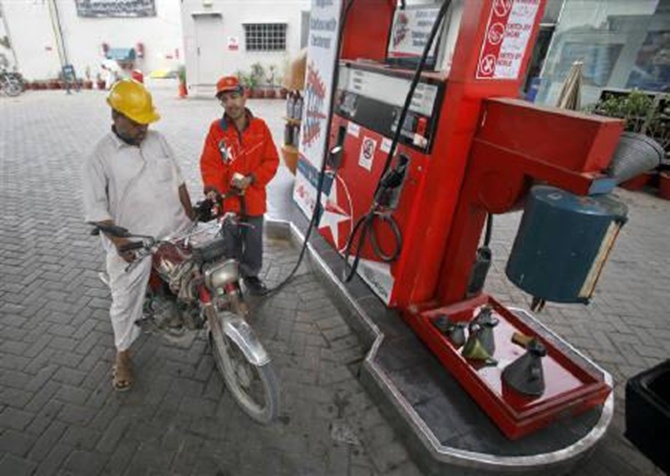
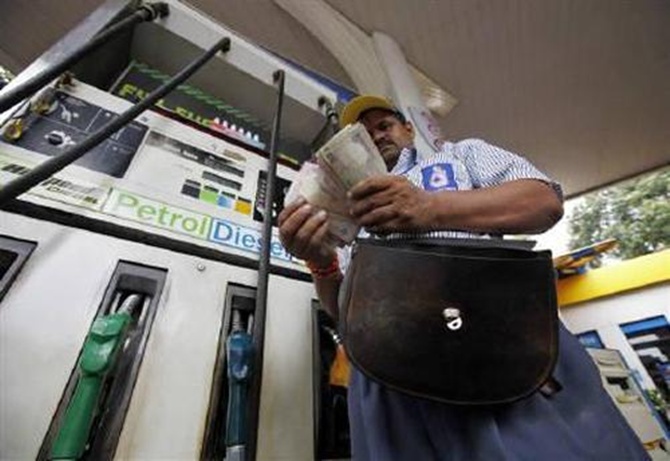
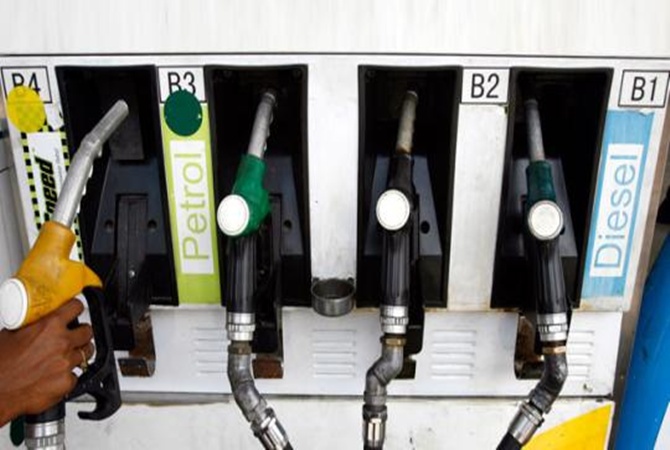

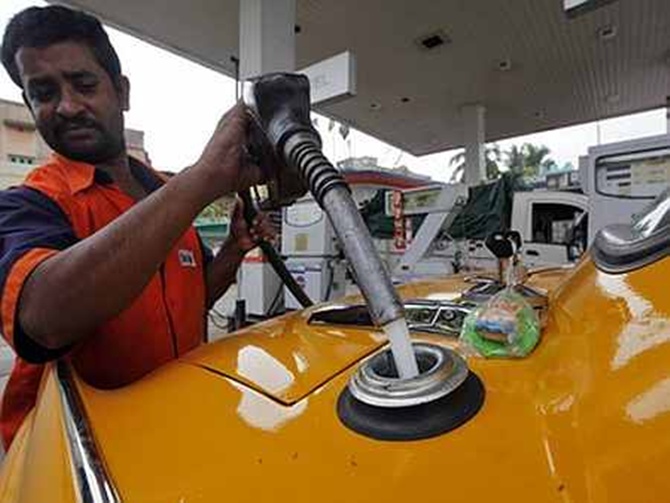

article